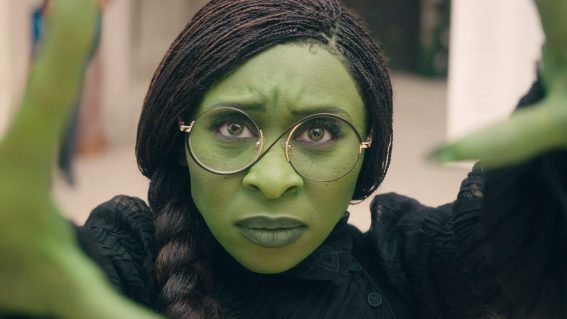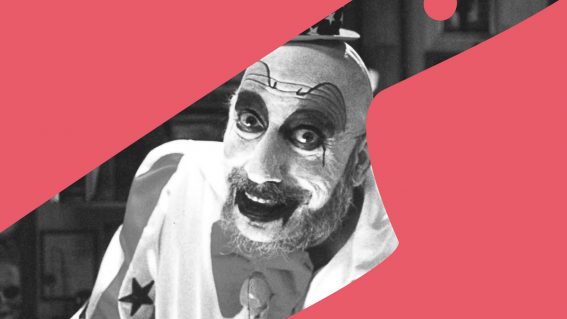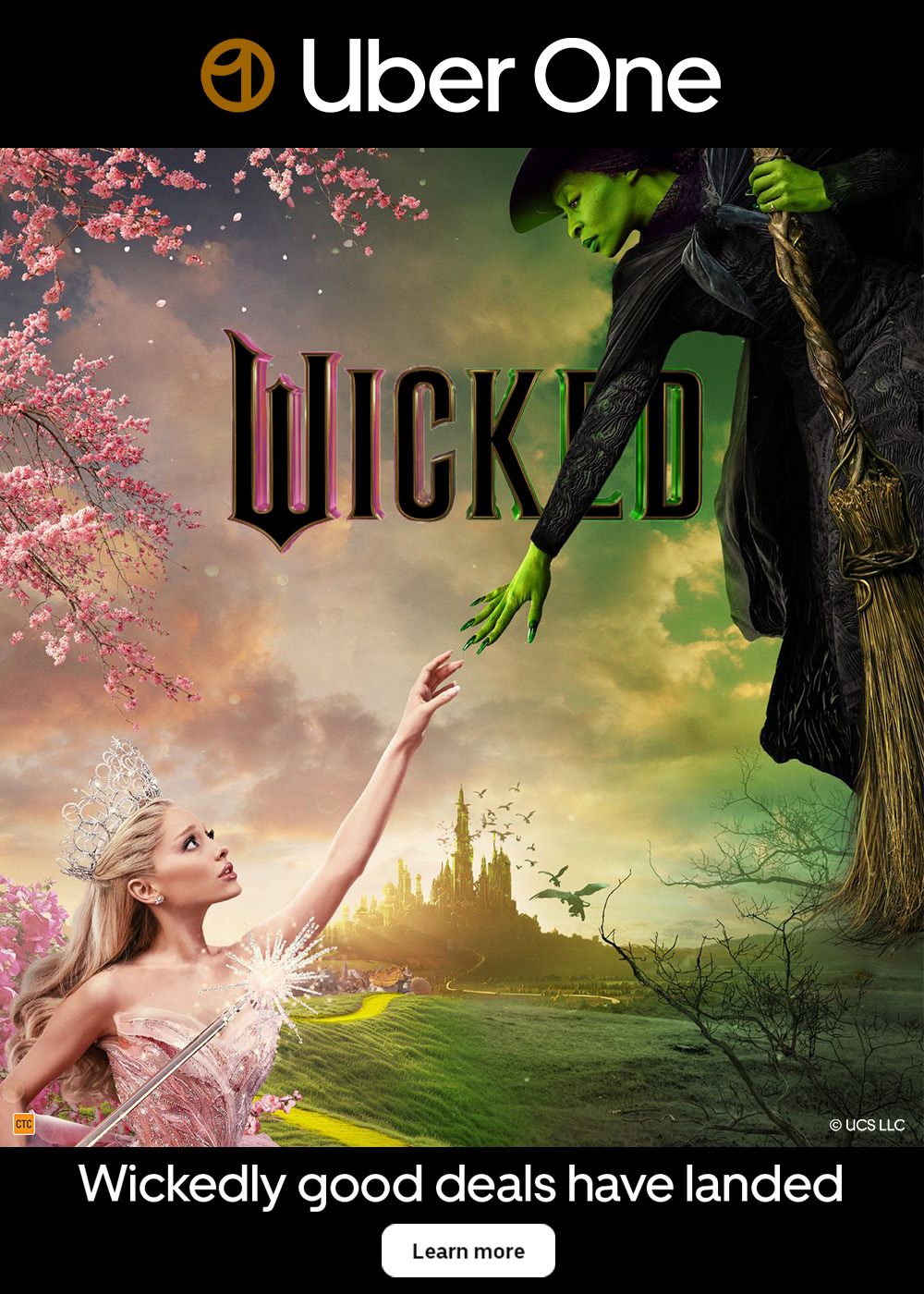Film the legend: Hollywood’s most outrageously inaccurate historical epics
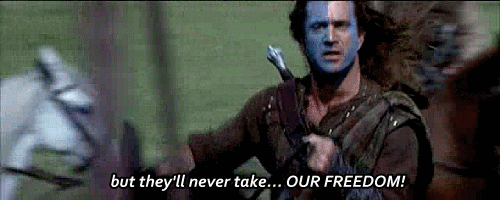
What are the most outrageous examples of historically inaccurate epics? Critic Travis Johnson picks a bunch to mark the release of the new Netflix film Outlaw King.
This week Chris Pine hits Netflix in Outlaw King, David Mackenzie’s account of the career of Scottish hero Robert the Bruce, who fought a savage guerilla campaign to liberate his homeland from their traditional foes, The Hated English. Having recently premiered at the Toronto International Film Festival, the film is said to be a sprawling, brutal, bloody affair, replete with all the massive medieval battles you could hope for, even if the general consensus has been less than enthusiastic.
We’re suckers for a good historical epic, even if what transpires on the screen almost never exactly matches what happened in real life. That’s all part of the adaptation game, of course: events are simplified, timelines smoothed, language conventions finessed (ever notice how we think the Romans had English accents?). Those aren’t necessarily deal-breakers – a good film is a good film no matter what – but there are movies that go beyond the pale, offering up historical bloopers so jarring that, if you’re familiar with the period or the events being depicted, can knock the suspension of disbelief right out of you.
Movies like…
Braveheart (1995)
The Movie: Director and star Mel Gibson single-handedly revitalized the historical epic genre with this stirring tale of Scottish patriot Sir William Wallace, a 13th century rebel who fights to liberate his homeland from occupation by The Hated English. He eventually gets horribly and graphically executed for his troubles, but not before dispatching hundreds of English men-at-arms in a series of incredibly gruesome battle sequences.
The Mess: Braveheart may have cleaned up at the Oscars on release, but it’s lucky there was no category for Most Accurate Historical Film – Gibbo and company would have been laughed out of the auditorium. The historical sins of Braveheart are legion, with screenwriter Randall Wallace having gleefully discarded, changed, rearranged, and invented out of whole cloth all manner of nonsense in order to tell their story.
Right out of the gate, the film completely rewrites Wallace’s story: he was not a commoner and he wasn’t orphaned by English treachery at a formative age (his father was, in fact, still fighting The Hated English well into Wallace Jr.’s adult killing career.). That means he wasn’t educated on the continent by worldly Uncle Argyle either, although we’ll allow it if only to have Brian Cox in the movie.

Stylistically, Braveheart takes several hundred years of design and technology and smooshes them into a kind of gestalt the modern eye accepts as “medieval”. So, the Scots at the time didn’t wear kilts (they came along hundreds of years later), nor did they wear woad warpaint (which went out of fashion about 700 years prior, give or take). The English didn’t have uniforms in this period, either – armies were far more rag-tag, at least sartorially speaking.
In terms of specific events, love interest Princess Isabella (Sophie Marceau) did not have a passionate love affair with Wallace, given that she was three at the time the film says they hooked up, and the son he is implied to have given her was not born until seven years after his death. Most of the battles are riddled with inaccuracies: the Scots never sacked the City of York, and the film’s Battle of Stirling, which takes place on an open plain, was in fact the Battle of Stirling Bridge, which the Scots won by blocking the eponymous structure with literal piles of English dead.
Perhaps most damningly, Wallace was never given the sobriquet of “Braveheart” – that honorific went to Robert the Bruce, whom the film depicts as betraying Wallace to secure his throne.
Gladiator (2000)
The Movie: After a few dud years, director Ridley Scott cemented his place on the A List with this muscular melodrama, which sees Russell Crowe’s former Roman general Maximus, “husband to a murdered wife, father to a murdered son”, betrayed and left for dead, only to slaughter his way up the gladiatorial ranks in order to take revenge on Joaquin Phoenix’s sybaritic Emperor Commodus.
The Mess: Well, there was no Maximus, was there? While Emperor Commodus did enjoy taking place in the gladiatorial games in the Coliseum (actually called the Flavian Amphitheatre at the time), which scandalised the Roman nobility, he certainly didn’t die there. After a reign of some 12 years he was the victim of a conspiracy of senators who had grown weary of his increasing megalomania and unpredictability, and was summarily strangled in his bathtub by a wrestler called Narcissus (interestingly, that was Maximus’ name in the earliest Gladiator drafts written by David Franzoni).
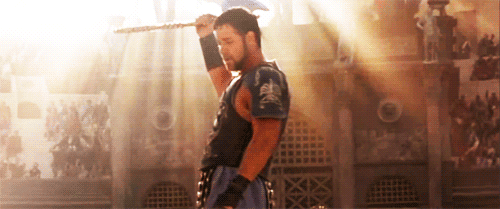
Commodus never murdered his father, Marcus Aurelius (Richard Harris), either – in point of fact they ruled Rome together for a while before the plague carried the old man off to Elysium. However, Commodus did have his sister, Lucilla (Connie Nielsen), exiled and then executed for conspiring to have him assassinated, whereas in the film she survives him.
In specific details, the Roman uniforms and armour depicted are about a century out of date, while the stirrups we see the Roman cavalry use didn’t come into use in Europe until the late 6th or early 7th century. And the snazzy rotating crossbows we see used in the arena? Never, ever existed.
My Darling Clementine (1946)
The Movie: Based on the historical Gunfight at the OK Corral in Tombstone, Arizona, on October 26, 1881, John Ford’s magisterial Western sees Henry Fonda as frontier lawman Wyatt Earp, who sets out for vengeance when his younger brother James (Don Garner) is murdered by a gang of outlaws led by Old Man Clanton (Walter Brennan). With his friend Doc Holliday (Victor Mature) and his surviving brothers Virgil (Tim Holt) and Morgan (Ward Bond) by his side, the stage is set for the most famous showdown in history.
The Mess: My Darling Clementine is easily one of the best Westerns of all time, and you would think that it’d be pretty close to the historical record, given that director John Ford actually knew Wyatt Earp – the ageing gunfighter was a frequent visitor to the sets of the director’s early films. However, by that stage of his life, Earp had become adept at occluding the more unsavory -–not to say unheroic – elements of his past exploits.
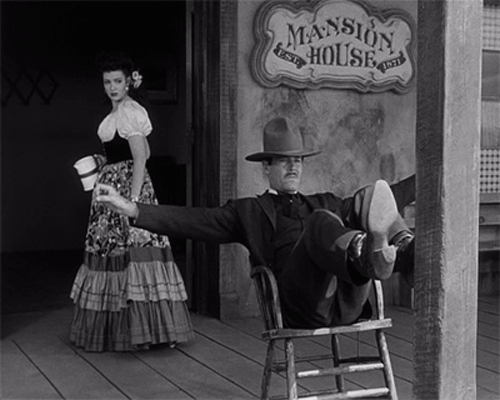
Made some 17 years after Earp’s death and heavily based on the rather congratulatory 1931 biography, Wyatt Earp: Frontier Marshall, My Darling Clementine puts Earp and his brothers firmly on the side of the angels, neglecting to mention that they often worked as pimps, gamblers and bartenders as well as lawmen, and that their actions in the gunfight led to them being charged with murder (they were acquitted).
Additionally, while the film plants both Virgil Earp and Doc in Boot Hill, both survived the events by a number of years, while James was never directly involved at all, let alone dying to provide Wyatt and company with motivation. Ford and his screenwriters provide Doc Holliday with not one but two fictional love interests in the form of Mexican spitfire Chihuahua (Linda Darnell) and the genteel Clementine (Cathy Downes), neither of whom bear much resemblance to his real life companion, a prostitute known as ‘Big Nose’ Kate. Perhaps most bafflingly, though, is that the year is changed from 1881 to 1882, for reasons no one has ever gone on the record for.
The Patriot (2000)
The Movie: Mel Gibson and Heath Ledger star as father and son revolutionaries during the American War for Independence in Roland Emmerich’s melodramatic military adventure. Reluctant war hero Benjamin Martin (Gibson) is stirred to brutal action when The Hated British, personified by Jason Isaacs’ sneering Colonel Tavington, burn his farm and murder his number two son. He joins up with number one son, Gabriel (Ledger), to wreak bloody vengeance – and help found a nation along the way.
The Mess: Take a moment for Mel Gibson, who has two films on the list (and we didn’t even get around to The Passion of the Christ). Most of the changes here are politically motivated: while Gibson’s freedom fighter is a dab hand at whacking The Hated British into piles of quivering sushi with his tomahawk, they’re shown to be pretty much stormtrooper-level pure evil, because nuance in the retelling of the US’s origin story is not exactly a design goal here. At one point the Brits are shown locking a village’s worth of civilians inside a church before setting it ablaze. That never happened.
On the other side of the conflict a lot of rough edges get sanded away in order to present a black and white narrative, particularly when it comes to Gibson’s character. When the project was first announced, it was meant to be a biopic of Francis ‘The Swamp Fox’ Marion, a veteran guerilla fighter who, it turned out, enjoyed hunting the Cherokee for sport and kept slaves. ‘Marion’ was quickly renamed ‘Martin’ and the worst excesses of his personality jettisoned to leave us with a more suitable founding father.
The Last Samurai (2003)
The Movie: Dissolute and drunken Indian War veteran Captain Nathan Algren (Tom Cruise) takes a job with the Japanese government training soldiers for the nations new, modernised army, but finds true purpose after he is captured by rebel samurai general Katsumoto (Ken Watanabe), a traditionalist, and is redeemed by the stoic ways of bushido, the Japanese warrior code. Plenty of incredibly well staged sword-on-musket combat ensues but – spoiler alert – it’s the side with the Gatling guns that carry the day.
The mess: While it’s true that the there was a clash between traditionalist and modernist factions in late 19th century Japan, the situation was considerably more complex than what we see on screen.
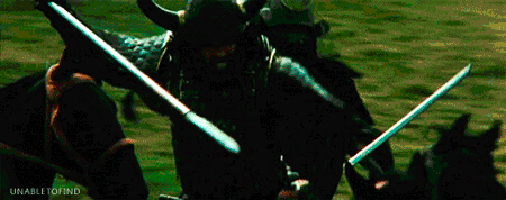
Under Emperor Meiji, Japan underwent extremely rapid industrialization in order to bring it in line with the Western powers it was trading with. This meant taking power out of the hands of the traditional ruling samurai class and giving it to the merchants, which understandably irked the samurai, but doesn’t play so well in the multiplex when you consider Katsuhiro and his noble bannermen are effectively fighting to retain a brutally-enforced caste system (traditionally, samurai could straight up kill any non-samurai who so much as gave them a stink-eye).
When it came to weapons of war, though, the rebels were more than happy to adopt the more effective technology of the west, and deployed mostly modern infantry units and artillery against the Imperials. Of course, that doesn’t look nearly as cool as traditional samurai cavalry.
Also, let’s take a moment to reflect on how easily Cruise’s character masters Japanese swordsmanship over a span of about four months, a feat which flies in the face of not only historical plausibility, but the physical limits of the human body.
Dishonourable Mentions
10,000 B.C. (the pyramids were not built with woolly mammoths); U-571 (the British captured the German Enigma machine before the U.S. even entered World War II); Inglourious Basterds (that’s certainly not how Hitler died); 300 (where do we even begin?), and literally any film involving either Robin Hood or King Arthur.





